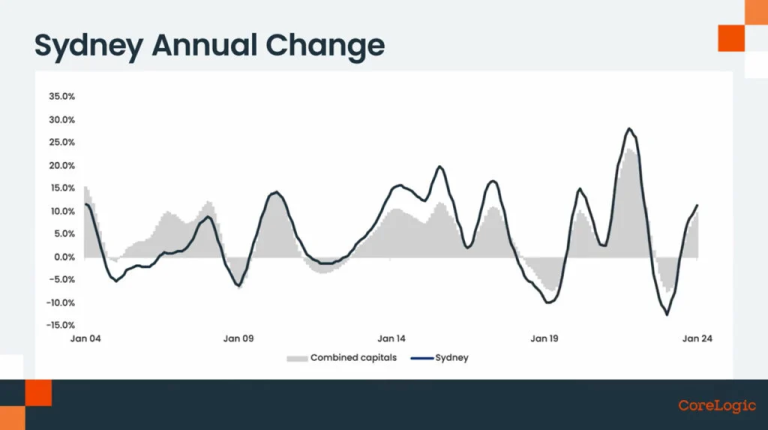CVCVOOV: A Comprehensive Guide to Continuous Virtual Connectivity and Optimization of Operational Value
In today’s fast-paced digital world, connectivity is more crucial than ever. CVCVOOV, which stands for Continuous Virtual Connectivity and Optimization of Operational Value, is a groundbreaking concept that reshapes our understanding of how connectivity can enhance efficiency and value in various sectors. This article delves deeply into CVCVOOV, explaining its meaning, implications, and applications in real-world scenarios.
We aim to break down complex ideas into easy-to-understand language, making this guide suitable for everyone, especially those in the USA seeking to understand the benefits of CVCVOOV.
What is CVCVOOV?
CVCVOOV is a strategic framework designed to ensure seamless connectivity across various platforms and systems. By focusing on continuous connectivity, CVCVOOV allows organizations to optimize their operational value. This framework integrates multiple technologies, including the Internet of Things (IoT), cloud computing, and data analytics, to create a cohesive operational environment.
Key Components of CVCVOOV
- Continuous Connectivity: This aspect emphasizes the importance of being always connected, regardless of the situation or environment. Whether a device is online or offline, CVCVOOV ensures that it can communicate and function effectively.
- Virtual Integration: CVCVOOV encourages the use of virtual technologies to unify disparate systems. This integration reduces the need for physical hardware, streamlining operations and minimizing costs.
- Optimization of Value: At its core, CVCVOOV is about maximizing operational efficiency. By continuously monitoring and analyzing processes, organizations can identify areas for improvement, thus enhancing overall value.
Why is CVCVOOV Important?
As businesses increasingly rely on digital solutions, the need for effective connectivity becomes paramount. CVCVOOV addresses this need by offering a framework that enhances communication between devices, systems, and people. Its importance lies in several key areas:
- Enhanced Efficiency: By ensuring continuous connectivity, businesses can streamline operations, reduce downtime, and improve response times.
- Data-Driven Insights: With CVCVOOV, organizations can leverage data analytics to gain insights into their operations, enabling informed decision-making.
- Cost Reduction: Virtual integration reduces the need for physical infrastructure, leading to significant cost savings.
The Impact of CVCVOOV on Different Sectors
CVCVOOV is not just a buzzword; it has real implications across various sectors. Here’s a look at how this framework influences different industries:
1. Manufacturing
In manufacturing, CVCVOOV enables the integration of machines, sensors, and data analytics. This connectivity allows for real-time monitoring of production processes, leading to:
- Predictive Maintenance: By continuously monitoring equipment, manufacturers can predict failures before they occur, minimizing downtime and repair costs.
- Optimized Production: Data insights enable manufacturers to streamline workflows, reducing waste and increasing output.
2. Healthcare
In the healthcare sector, CVCVOOV revolutionizes patient care through:
- Telemedicine: Continuous connectivity allows healthcare providers to monitor patients remotely, improving access to care.
- Data Management: CVCVOOV facilitates the integration of patient data from various sources, enabling healthcare professionals to make informed decisions quickly.
3. Transportation
Transportation systems benefit from CVCVOOV through:
- Real-Time Tracking: Continuous connectivity allows for real-time tracking of vehicles, improving logistics and delivery efficiency.
- Traffic Management: Data analytics help manage traffic flow, reducing congestion and improving overall transportation efficiency.
How CVCVOOV Works
Technical Overview
CVCVOOV operates on a framework that combines various technologies to achieve continuous connectivity. Here are some of the key technologies involved:
- Internet of Things (IoT): IoT devices collect data and communicate with one another, forming the backbone of CVCVOOV. This interconnectivity allows for seamless data flow between devices and systems.
- Cloud Computing: CVCVOOV relies on cloud infrastructure to store and process data. Cloud computing enables organizations to access data from anywhere, facilitating virtual integration.
- Data Analytics: Continuous data analysis is crucial for optimizing operational value. CVCVOOV uses advanced analytics to identify patterns and insights that drive efficiency.
Implementation Steps
To successfully implement CVCVOOV, organizations should follow these steps:
- Assessment of Current Systems: Evaluate existing connectivity solutions and identify areas for improvement.
- Integration of IoT Devices: Incorporate IoT devices to enhance data collection and communication capabilities.
- Adoption of Cloud Solutions: Leverage cloud computing to store and analyze data effectively.
- Continuous Monitoring: Implement systems to continuously monitor performance and gather insights for optimization.
Challenges in Implementing CVCVOOV
While CVCVOOV offers numerous benefits, organizations may face challenges during implementation:
1. Data Security
As organizations increase connectivity, the risk of data breaches also rises. Ensuring robust security measures is vital to protect sensitive information.
2. Infrastructure Costs
Implementing CVCVOOV may require significant upfront investments in technology and infrastructure, which can be a barrier for smaller organizations.
3. Change Management
Transitioning to a new framework requires organizational change, which can be met with resistance from employees accustomed to traditional systems.
Future Trends in CVCVOOV
As technology continues to evolve, so will CVCVOOV. Here are some emerging trends to watch:
1. Increased Use of AI
Artificial intelligence (AI) will play a significant role in enhancing CVCVOOV by providing advanced data analytics and decision-making capabilities.
2. Greater Focus on Sustainability
Organizations are increasingly prioritizing sustainability. CVCVOOV can support these efforts by optimizing resource usage and reducing waste.
3. Expansion into New Industries
As the benefits of CVCVOOV become more apparent, we can expect its adoption across additional industries, including education, finance, and retail.
Conclusion
CVCVOOV represents a transformative approach to connectivity and operational optimization. By focusing on continuous connectivity and leveraging advanced technologies, organizations can enhance efficiency, reduce costs, and improve overall value. As we move into an increasingly digital future, understanding and adopting CVCVOOV will be crucial for businesses aiming to stay competitive.
FAQs About CVCVOOV
What does CVCVOOV stand for?
CVCVOOV stands for Continuous Virtual Connectivity and Optimization of Operational Value.
Why is CVCVOOV important for businesses?
CVCVOOV is important because it enhances connectivity, optimizes operational processes, and provides data-driven insights that can lead to increased efficiency and cost savings.
How does CVCVOOV impact the manufacturing industry?
In manufacturing, CVCVOOV allows for real-time monitoring, predictive maintenance, and optimized production processes, which collectively enhance operational efficiency.
What technologies are involved in CVCVOOV?
CVCVOOV involves technologies such as the Internet of Things (IoT), cloud computing, and data analytics, all of which work together to enable continuous connectivity.
What challenges might organizations face when implementing CVCVOOV?
Organizations may face challenges such as data security concerns, infrastructure costs, and resistance to change from employees when implementing CVCVOOV.
How can organizations implement CVCVOOV?
To implement CVCVOOV, organizations should assess their current systems, integrate IoT devices, adopt cloud solutions, and continuously monitor performance for optimization.
What are future trends related to CVCVOOV?
Future trends include increased use of artificial intelligence, greater focus on sustainability, and the expansion of CVCVOOV into new industries.







